Wednesday 11th June 2025, Rushy Marsh and The Isle
A double header.
We have done these many times with success.
But on this occasion, I freely admit that I underestimated the amount of time we should have spent on the first site and apologise to all the attendees and the site owners for this.
The first site was a small wetland named Rushy Marsh in Bicton.
The initial challenge was to get there. We parked at Bicton Village Hall, where there was ample parking, but there was a 20 minute stroll from here to the site.
The time taken to walk to and from the site was not something I considered when scheduling the visit, which reduced even more the amount of time we could spend carrying out the survey.
This was compounded by the wildlife which was plentiful in these days of generally poor abundance.
However, we were helped on our journey by a Land Rover!
This took our bags and equipment to the site to await our arrival on foot.
An early find on arrival was a pair of Wasp Beetles doing what was necessary to help the continued existence of the species.
The vegetation around the site was lush and quite difficult to negotiate but there was a rough path.
Leaving this path and using a railway sleeper to cross a ditch led to a “Garden” area.
Most of what was left of the morning was spent here.
Amongst the finds were:
A Spiked Shieldbug nymph;
A plant bug, Grypocoris stysi;
 |
| Photograph: Nigel Cane-Honeysett |
A Common Striped Woodlouse;
 |
| Photograph: Nigel Cane-Honeysett |
A Pill Millipede;
 |
| Photograph: Nigel Cane-Honeysett |
And the micro-moth Celypha lacunana with a friend.
 |
| Photograph: Nigel Cane-Honeysett |
Pride of place for the morning was this large larva.
.jpg) |
| Photograph: David Williams |
This is the larva of a Red Underwing moth.
Here is a more detailed picture.
Time was marching on but there was just enough time to explore more of the site.
We followed the path until we met one of our hosts busily hacking through the vegetation to cut a path to the pool.
 |
| Photograph: Nigel Jones |
As we sauntered along the path that our host had created with great effort, we noticed the following creatures:
A pair of “busy” Scorpion Flies;
A staphylinid beetle, Paederus riparius;
And finally a pseudoscorpion, Neobisium carcinoides.
 |
| Photograph: Nigel Cane-Honeysett |
Time was up...
Feeling that there was much more to be found.
We packed our equipment and bags back in the Land Rover, which took them back to the car park, while we meandered our way back.
Then on to the owners house for some refreshments.
Seats were provided around a makeshift table.
The refreshments arrived. These turned out to be a feast – sandwiches, salad, scones jam and cream, not to mention hot drinks.
Of course we did our best to ensure our hosts magnificent efforts had not been in vain.
Sitting in the warm sun, satiated by the food and drink, the motivation to move on was absent. But move on we must.
We drove to The Isle, a large farm, employing regenerative farming methods, to the north of Bicton that is almost surrounded by a meander in the River Severn.
Here there was a choice of sites, either grassland and meadows by the River Severn, or visit the large pool where Norfolk Hawker had been seen recently.
I went with the group to the grasslands.
Checking the vegetation as we followed the lane from the car park we spotted a hoverfly, Leucozona laternaria.
 |
| Photograph: Nigel Jones |
Reaching the grasslands, we had a glimpse of the River Severn.
A longhorn beetle, Rutpela maculata, was spotted on a flower.
The first grassland opened out onto a very large meadow.
Which included this fine oak.
It was not being hugged, but inspected for lichens!
I had to leave but the visit continued.
As I did not go to the pool I do not know what happened but they did not find Norfolk Hawker.
Here are some of the things they did find.
A female Oedemera nobilis. The male has enlarged femora and is known as the Swollen-thighed beetle.
 |
| Photograph: Nigel Cane-Honeysett |
A 2-spot ladybird.
 |
| Photograph: David Williams |
A ground beetle, Oxypselphus obscurus.
 |
| Photograph: Nigel Cane-Honeysett |
A Water Scorpion.
 |
| Photograph: Liz Roberts |
And a Red-eyed Damselfly.
 |
| Photograph: David Williams |
Finally a fly with, as the sender says, “remarkable adornments on its back end”, Coenia curvicaudi.
 |
| Photograph: Nigel Jones |
After packing up for the day some of the remainder of the group returned to the lunch spot to try and finish off the leftovers. (They were invited!)
I do not think they fully accomplished this task.
My thanks to owners of the sites for granting us permission to enjoy ourselves and the brilliant refreshments. My immense gratitude to the photographers for providing their excellent images for this report.


.JPG)

.jpg)









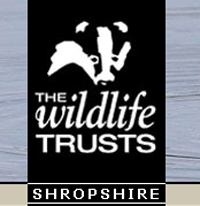

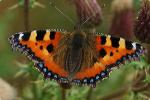




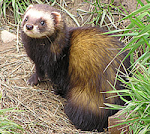

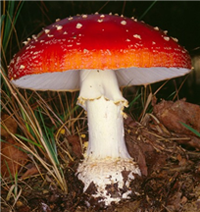





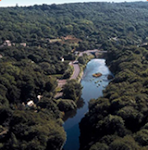






No comments:
Post a Comment
Please feel free to comment on this post...